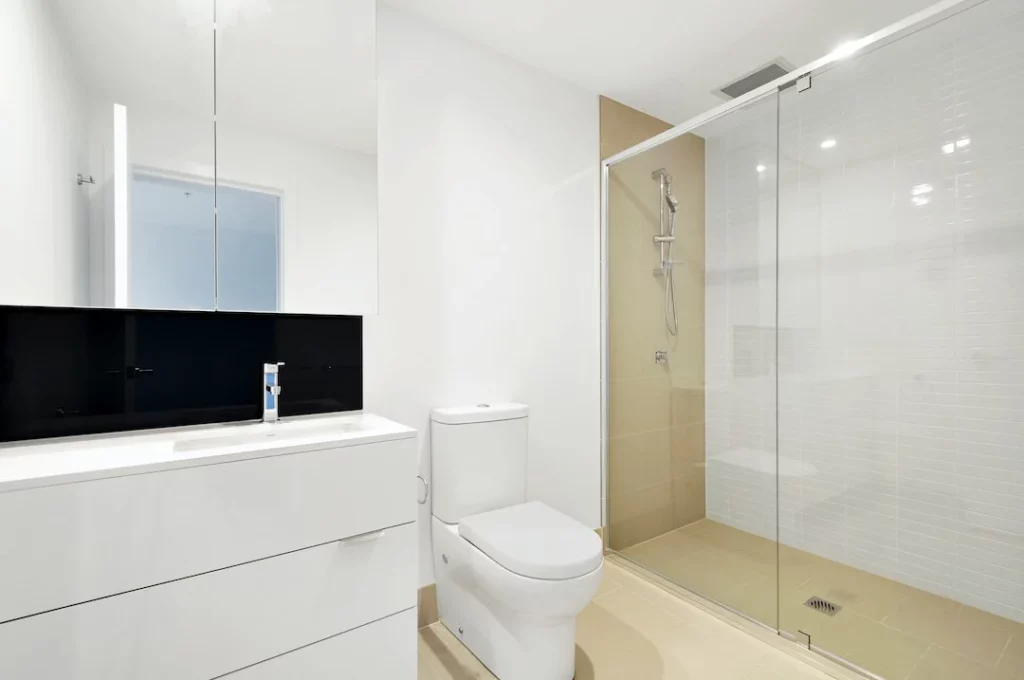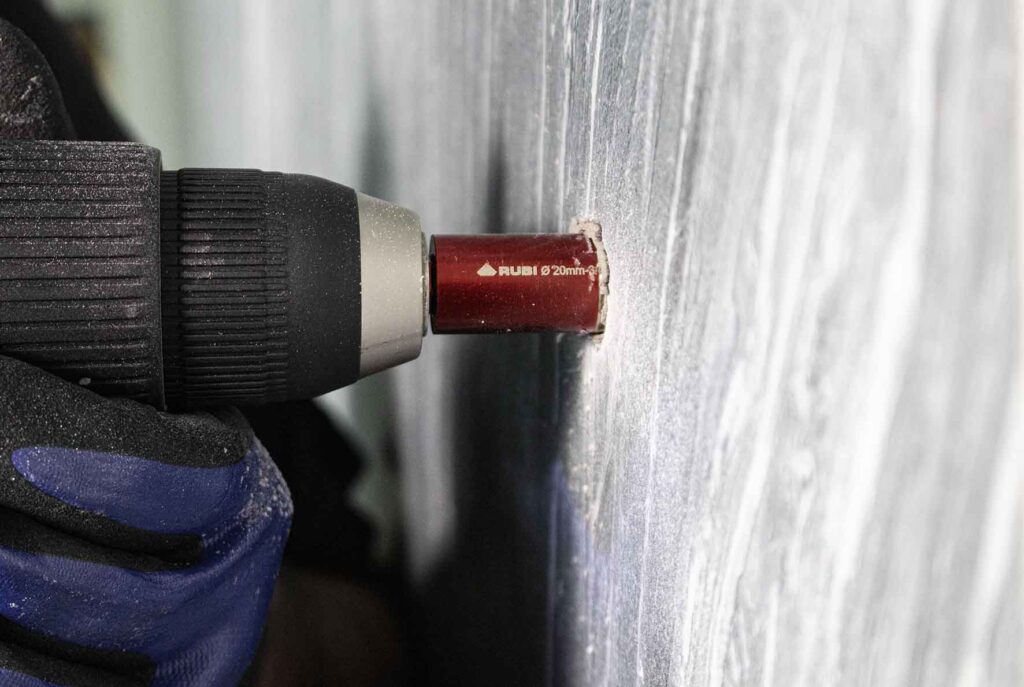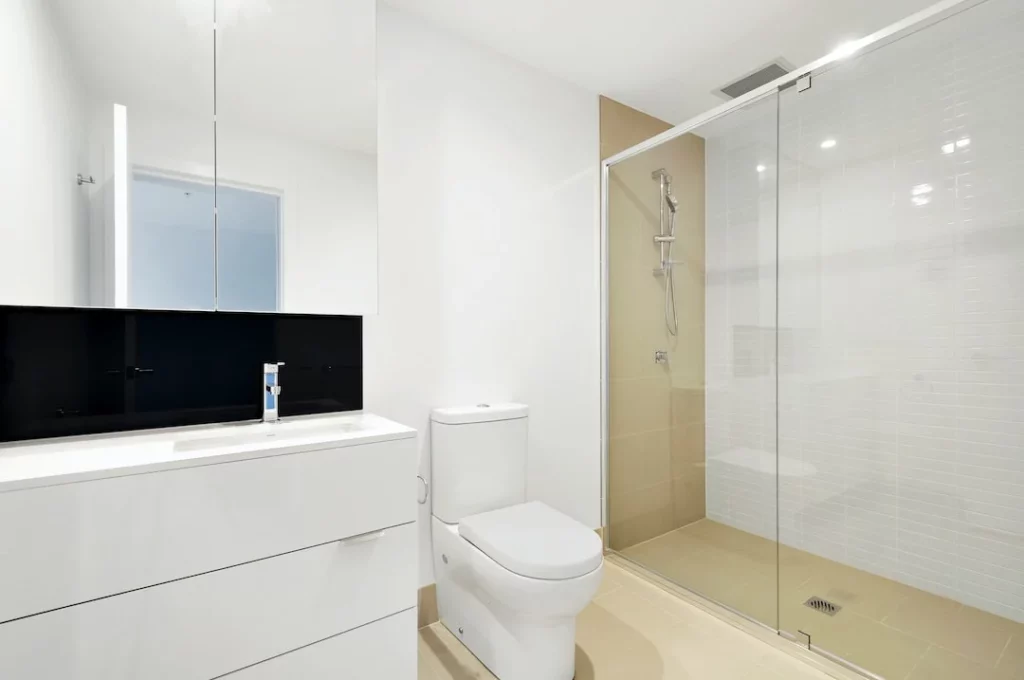Can transforming a mere bathroom into a safe, accessible space be as simple as installing a feature to an already finished tile installation? Installing grab bars in a tile shower makes all the difference. They enhance both safety and accessibility for everyone, irrespective of age or ability.
In the wake of an increasingly aging population, the demand for safe, functional home environments is not just desirable but essential. Shower grab bars, an often overlooked accessory, can significantly minimize the risk of slips and falls, some of the most common domestic accidents. In addition, they provide added convenience, making showering a hassle-free experience.
While it may seem challenging to install these helpful aids in a tile shower, with the right approach, the process can be straightforward and rewarding. This article will guide you through the steps of how to install grab bars in a tile shower and ensure you get the job done correctly, efficiently, and safely. Let’s turn your bathroom into a place of comfort and security, one grab bar at a time.


Necessary Tools and Materials
Embarking on the journey of installing grab bars in a tile shower requires a well-planned toolkit. Let’s delve into the vital tools and materials you’ll need to ensure a smooth and successful installation.
High-Quality Grab Bars
Your first requirement is, of course, the grab bars themselves. These come in various shapes and sizes, with different weight capacities. Make sure to choose tile shower bars that are robust, durable, and can withstand substantial weight.
It’s crucial that they meet ADA (Americans with Disabilities Act) standards, which means they should be able to support at least 250 pounds of force.
Stud Finder
You’ll need a stud finder to locate the studs behind your shower wall. Studs provide the necessary support and sturdiness to your grab bars, making them safe and secure.
Marker
A marker comes in handy to note down the position of the studs on the tile. You’ll use these markings as a guide when drilling holes for the grab bars.
Level
A level ensures that your grab bars are perfectly horizontal or vertical, depending on their intended orientation. Proper alignment not only contributes to the overall aesthetics but also impacts the functionality of the grab bars.
Tape Measure
A tape measure is indispensable when planning where to install your grab bars. Precise measurements ensure the bars are placed at a comfortable height and distance for the user.
Drill and Drill Bits
You’ll need a powerful drill to make holes in the tile and studs. When working with tiles, it’s crucial to have a set of high-quality drill bits designed specifically for tile work. These specialized bits help prevent cracking or chipping of the tiles during the drilling process.
Screws and Mounting Hardware
Your grab bars should come with screws and other mounting hardware. If not, you’ll need to purchase these separately. Make sure to choose screws that are long enough to penetrate the stud behind the tile securely.
Silicone Sealant
After installing the grab bars, a silicone sealant helps prevent water from seeping into the drill holes. It’s especially important in a shower setting, where water exposure is high.
Safety Goggles and Gloves
Don’t forget the essential safety gear. Safety goggles protect your eyes from dust or tile shards during drilling, and gloves help prevent any potential hand injuries.
Preparation Steps
Proper preparation is the key to a successful project. Installing grab bars in a tile shower is no exception. To ensure a smooth installation process, follow these essential preparatory steps.
Selection of Suitable Grab Bars
First, select suitable grab bars that fit your shower space and meet the user’s needs. Ensure the bars comply with ADA standards, capable of handling a substantial amount of force. Keep in mind that the bar’s length, diameter, and design should match the user’s hand size and grip strength.
Identify the Right Installation Spot
The positioning of shower grab bars is crucial to their functionality. Common placements are along the sidewall, back wall, and entry point of the shower.
The ADA recommends installing horizontal grab bars 33 to 36 inches above the shower floor. However, customize this height to suit the primary user’s comfort and accessibility.
Mark the Stud Locations
Use a stud finder to locate the studs behind the shower tiles. Studs are typically spaced 16 inches apart.
Once you find the studs, mark their positions with a marker. The studs provide the sturdy backing needed to secure the grab bars.
Measure and Mark the Grab Bar Position
Now that you’ve identified the studs, measure and mark the position for your grab bars. Use a tape measure and a level to ensure accurate and aligned markings. Remember, these marks are the guides for your drilling process.
Safeguard Your Shower Area
Before you start the installation, safeguard your shower area. Lay a protective covering on the shower floor to protect it from potential damage during the drilling process. This covering will also catch any tile debris, making the post-installation cleanup easier.
Ensure Adequate Lighting
Make sure your shower area is well-lit. Good lighting not only aids accuracy but also enhances safety during the installation process.

How to Install Grab Bars in Tile Shower: A Step-By-Step Guide
Installing grab bars in a tile shower is a detailed process that requires precision and careful handling. This step-by-step guide will take you through the process, ensuring a secure and efficient installation.
Step 1: Mark the Drill Holes
The first step is to hold your grab bars against the tile, aligning with the markings you made during your preparation. Make sure the bars are level, then mark the locations for the drill holes on the tile using a marker.
Step 2: Drill Pilot Holes
Now, it’s time to drill. Start with a small pilot hole to guide your subsequent drilling.
Ensure you use a drill bit specifically designed for tile work to avoid cracking or damaging the tiles. Drill gently, letting the bit do the work rather than applying excessive pressure.
Step 3: Drill the Final Holes
Switch to a larger drill bit that matches the size of the mounting screws for your grab bars. Drill the final holes in the spots where you’ve made the pilot holes. Remember to drill into the stud for maximum support.

Step 4: Insert Wall Anchors
If any of your holes don’t align with a stud, use a wall anchor designed for tile showers. Wall anchors will provide extra support and stability. Simply insert the anchor into the drilled hole, following the manufacturer’s instructions.
Step 5: Attach the Grab Bars
With the holes ready, align your grab bar with the holes and start to attach it to the wall using the provided screws. Ensure the screws go through the holes in the bar, into the tiles, and securely into the studs or wall anchors.
Step 6: Tighten the Screws
Tighten the screws using a screwdriver until the grab bar is securely attached to the wall. Ensure the bar doesn’t wobble or shift when force is applied. The bar should feel solid and sturdy.
Step 7: Apply Silicone Sealant
The final step in installing shower bars is to apply a silicone sealant around the edges of the grab bar flanges. The sealant prevents water from getting behind the bar and into the drilled holes, protecting both your tiles and the wall behind it.
Step 8: Clean Up and Test
Clean up any tile debris from the shower floor and remove the protective covering. Once everything is cleaned up, test the grab bars. Pull and push on them from different angles to ensure they are securely attached and capable of supporting weight.
Tips for Ensuring Safety and Durability
When installing shower grab bars, safety and durability are top priorities. Here are some tips to achieve these goals.
Always secure grab bars to the studs in the wall, as they offer the most stable support. If that’s not possible, use high-quality wall anchors designed for tile showers.
Choose grab bars with an ADA-compliant design. Such bars are engineered to withstand substantial force and provide optimal support.
Opt for rust-resistant materials, such as stainless steel, to ensure the longevity of your shower bar. Moist environments like showers can hasten rust formation, which can weaken the structure of the bar over time.
When drilling into tiles, proceed slowly and gently to prevent cracking or breaking the tiles. Using a tile-specific drill bit can also reduce the risk of damage.
Lastly, don’t forget to apply a waterproof silicone sealant around the flanges of the grab bar. This extra step helps prevent water from seeping into the drilled holes, safeguarding both the integrity of your tiles and the durability of the grab bar installation.
Secure Your Shower: Your Next Step
Learning how to install grab bars in a tile shower is a crucial step toward creating a safer, more accessible bathroom space. The journey of installation, while requiring precision and attention to detail, becomes straightforward when you’re equipped with the right knowledge and tools.
Rubi offers a comprehensive range of innovative tools designed for utmost efficiency and safety during tile installation tasks. For your next project, consider our range of cutting-edge tools to ensure a smoother, safer, and more successful installation. Secure your shower, enhance your skills, and build a better future with Rubi.



Post a comment